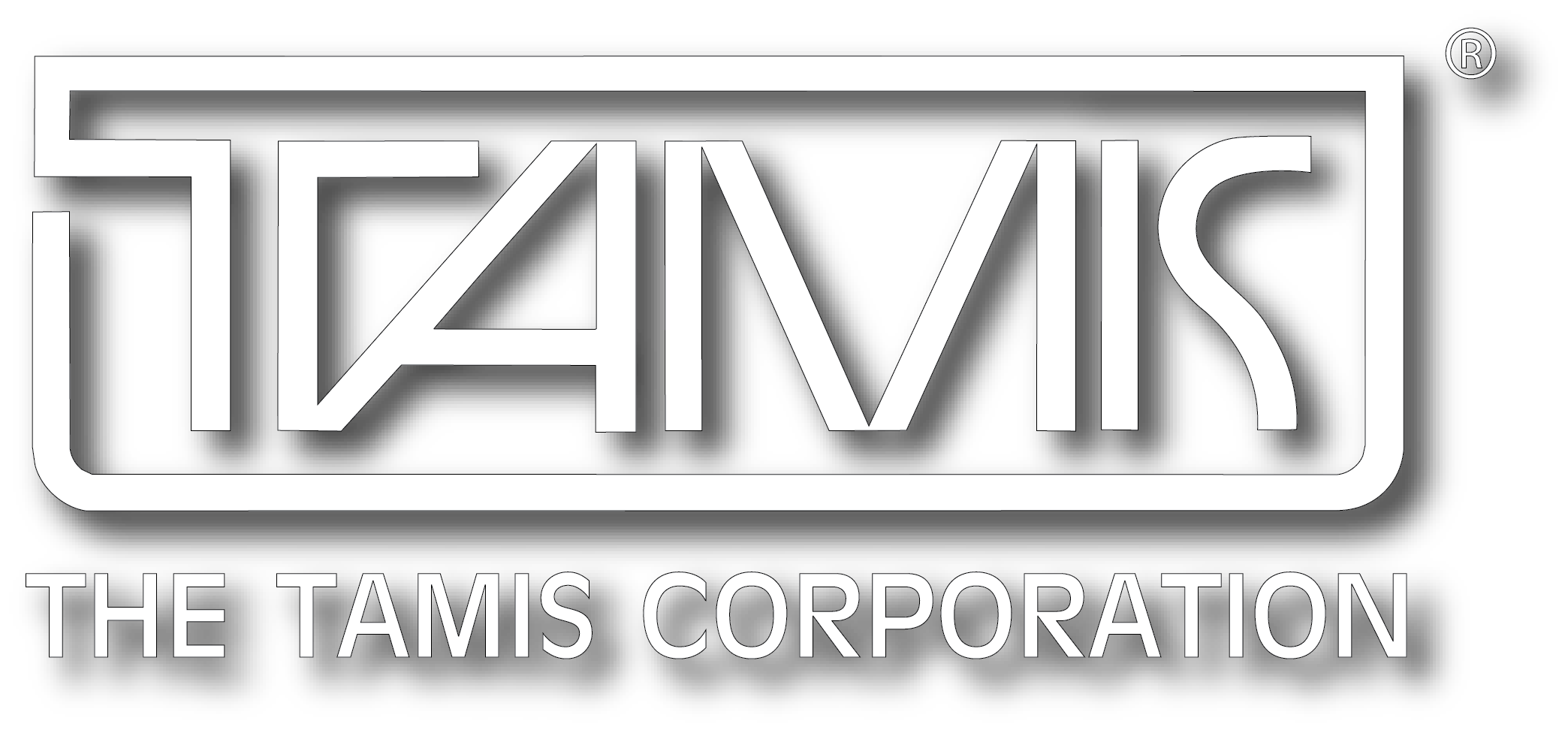Polyvinyl chloride plastic (PVC) is one of the most widely used plastics in production today. However, this material is proven to have a profound negative impact on human health and the environment. In fact, PVC is hazardous throughout its entire life cycle, from production through use and disposal.
In one year of production, PVC consumes about 16 million tons of chlorine or 40 percent of all chlorine produced. This makes PVC production the largest use of chlorine gas in the world. PVC is the world’s largest organochlorine, a very controversial class of organic compounds due to their effects on the environment and human and animal health. Also during this production, one million tons of organochlorine by-products are formed. These hazardous wastes create even more dangerous by-products when incinerated during production, recycling, and accidental burnings. The by-products created by PVC do not degrade naturally and are distributed globally through wind and water currents, exposing the entire population. They are also fat-soluble and build up in the tissues of living things and have been shown to cause cancer, reproductive impairment, birth defects, and damage to the brain and immune system.
When PVC products are in use, they pose many hazards to anyone in their immediate proximity. PVC cannot be produced without the addition of toxic chemical stabilizers, such as lead and cadmium, and phthalate plasticizers. Over time, these dangerous materials outgas from PVC, increasing the risk of asthma, cancer, and lead poisoning to anyone they contact. PVC also releases the lethal gas hydrogen chloride, creating an extreme fire hazard.
All these hazardous ingredients required to produce and maintain PVC make it nearly impossible to recycle. Of an estimated 7 billion pounds of PVC discarded in the United States each year, only 14 million or less than half of a percent is recycled. In 1998, the Association of Post-Consumer Plastics Recyclers labeled PVC a contaminant.
Although many other manufacturers use PVC vinyl coating on their barriers, Blockader steel barricades are made from environmentally friendly materials and are easily recycled. By electing not to cut corners and use hazardous poly vinyl plastic, Blockader steel barricades are keeping both people and the environment safe.
